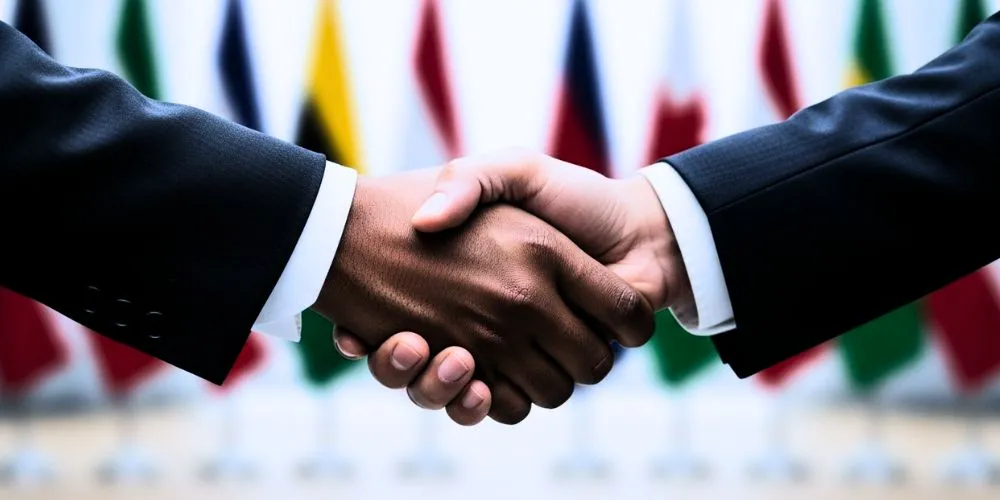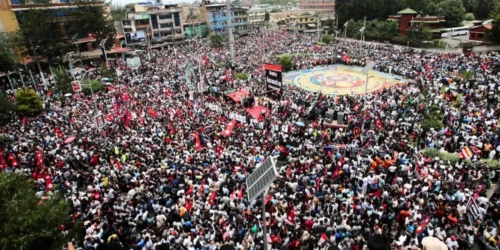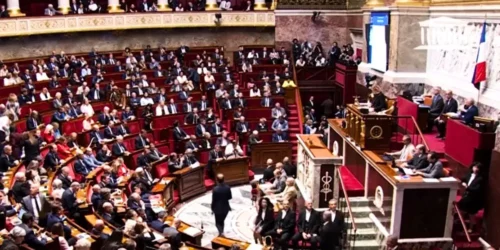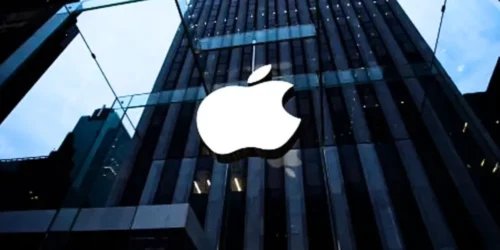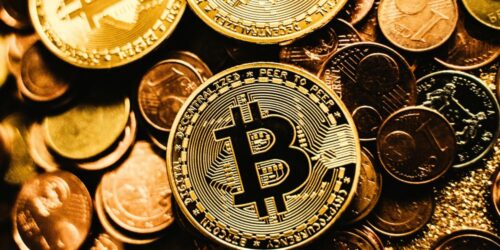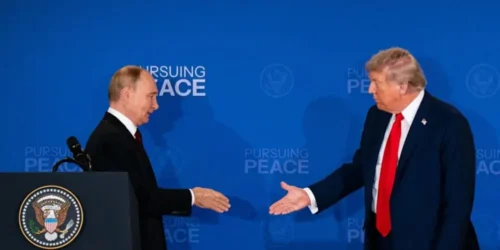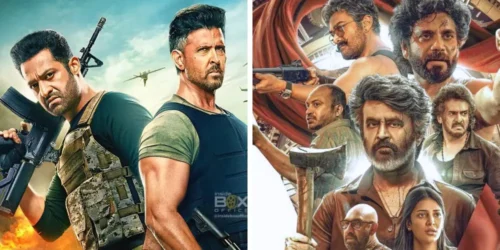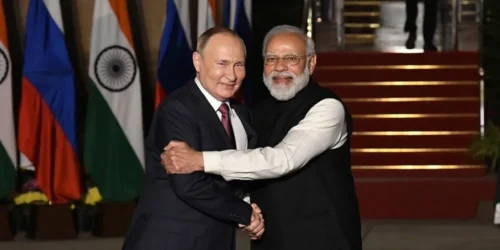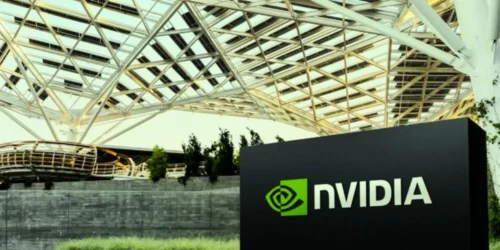Diplomacy is often imagined through a romantic and archaic lens: ambassadors in grand halls, clinking champagne glasses, and signing treaties with ornate fountain pens. While ceremony still has its place, the reality of modern diplomacy is a far more complex and high-stakes affair. It is a relentless, 24/7 negotiation conducted across a battlefield of economies, digital networks, and public opinion. In an era of instant communication, resurgent nationalism, and existential threats such as climate change, the quiet work of diplomats has become more critical—and more perilous—than ever before. This analysis examines the evolution of diplomatic practice, the emergence of new tools of statecraft, and the enduring human element that will ultimately determine whether we navigate our shared future through cooperation or descend into conflict.
The Evolving Toolkit of the Modern Diplomat
The traditional diplomat’s toolkit of confidential cables and closed-door meetings is now just one part of a much larger array of tools. Today’s envoys must be masters of technology, public relations, and data analysis to represent their nation’s interests effectively.
Beyond the Embassy Walls: The Rise of Public Diplomacy
No longer is diplomacy a conversation solely between governments. Public diplomacy targets the citizens of other nations directly, seeking to win their “hearts and minds.” This involves sponsoring cultural exchanges, funding educational programs like the Fulbright Program, and utilizing international broadcasting to project a nation’s values and counter hostile narratives. The goal is to build a reservoir of goodwill and soft power, creating a more favorable environment for achieving foreign policy objectives. It’s a long-term investment in perception, recognizing that a positive public image abroad can be as valuable as a trade surplus.
The Digital Negotiating Table: Twiplomacy and Virtual Summits
Social media platforms, particularly X (formerly Twitter), have become vital diplomatic arenas. Leaders and foreign ministries use them for “Twiplomacy”—making official statements, signaling intentions, and engaging in real-time rhetorical combat. This digital stage is incredibly powerful but also risky, as an ill-conceived post can spark an international incident in minutes. Similarly, the normalization of virtual summits, accelerated by the pandemic, has altered the pace of negotiations. While efficient, these meetings lack the subtle, relationship-building “corridor conversations” that often lead to breakthroughs during in-person gatherings, posing a new challenge for diplomats.
Economic Statecraft: When Money Does the Talking
In our interconnected global economy, the most powerful diplomatic levers are often economic in nature. Nations are increasingly using financial tools not just to foster prosperity, but also to reward allies, punish adversaries, and strategically shape the international order.
Sanctions as a Double-Edged Sword
Economic sanctions have become the go-to tool for Western powers seeking to pressure rogue states without resorting to military force. By targeting a country’s financial sector, key industries, or specific individuals, sanctions can inflict significant pain and are intended to compel a behavior change. However, they are a blunt instrument. Broad sanctions can devastate civilian populations, foster anti-Western sentiment, and push targeted nations closer to rival powers. Furthermore, their overuse can encourage adversaries to create alternative financial systems, potentially eroding the long-term power of the sanctioning nations.
The Power of the Purse: Developmental Aid and Influence
Foreign aid is rarely pure altruism; it is a strategic investment. By providing development assistance, financing infrastructure projects, or offering disaster relief, donor nations build crucial alliances and gain influence. This aid can secure preferential access to natural resources, garner support in international forums like the United Nations, or simply project an image of benevolent global leadership. It is a key instrument of soft power, demonstrating a nation’s commitment to global stability and prosperity, which in turn serves its long-term strategic interests and creates dependencies.
Trade Agreements as Geopolitical Chess Pieces
Modern trade agreements are about much more than just tariffs and quotas. They are complex geopolitical instruments used to build economic blocs and establish spheres of influence. Pacts like the Comprehensive and Progressive Agreement for Trans-Pacific Partnership (CPTPP) are designed not only to boost trade among members but also to establish a rule-based order that can counterbalance China’s dominant economic power. Conversely, initiatives like China’s Belt and Road Initiative use massive infrastructure investments to create economic corridors that reorient global trade flows toward Beijing, cementing its central role in the global economy.
The Human Element in an Automated World
Despite the rise of digital tools and economic models, diplomacy remains a fundamentally human endeavor. Trust, intuition, and personal relationships are irreplaceable currencies in the world of international relations.
The Art of the Backchannel
Official, on-the-record negotiations are often rigid and performative, with little room for genuine compromise. This is where backchannels become essential. These are the secret, informal lines of communication between trusted envoys, often operating outside the public eye and even without the full knowledge of their respective bureaucracies. Backchannels enable candid conversations, the exploration of “what if” scenarios, and the de-escalation of crises before they spiral out of control. They are built on personal trust and provide the political space needed to break deadlocks.
Cultural Intelligence: The Most Underrated Diplomatic Skill
A diplomat who fails to understand the culture of their host country is likely to fail. Cultural intelligence is the ability to grasp a region’s history, social norms, communication styles, and what it considers sacred or taboo. It’s knowing that a direct “no” may be considered rude in some cultures, or understanding the historical grievances that underpin a modern political dispute. This deep-seated empathy and knowledge prevent embarrassing gaffes, build genuine rapport with foreign counterparts, and allow the diplomat to interpret events with nuance that a satellite or a spreadsheet could never provide.
Navigating Multilateralism and Its Discontents
While bilateral relations remain the cornerstone of diplomacy, today’s most significant challenges—from pandemics to terrorism—are global and require cooperation among multiple nations. Yet, the very multilateral institutions designed for this purpose are facing a crisis of confidence.
The Fraying Consensus at the United Nations
The United Nations, particularly the Security Council, often appears paralyzed. The veto power held by its five permanent members (P5) allows great powers to shield themselves and their allies from accountability, leading to gridlock in major conflicts, such as those in Syria and Ukraine. This dysfunction has eroded the UN’s credibility, leading many to question its relevance in a world where great power competition is once again on the rise, forcing nations to seek solutions elsewhere.
The Rise of Minilateral Alliances
In response to the unwieldiness of large institutions, we are seeing a surge in “minilateralism”—small, agile, and issue-focused groupings of like-minded states. Alliances like the Quad (U.S., Japan, Australia, India) and AUKUS (Australia, UK, U.S.) are designed to address specific security challenges in the Indo-Pacific without the bureaucratic baggage of a formal treaty organization. These flexible coalitions can make decisions and coordinate actions far more quickly than their larger counterparts, representing a pragmatic adaptation to a more competitive world.
Non-State Actors at the Table
The Westphalian model, which views states as the only meaningful actors, is obsolete. Today, diplomats must engage with a diverse array of non-state actors. These include powerful multinational corporations whose economic footprint rivals that of small countries, influential NGOs like Doctors Without Borders or the International Committee of the Red Cross that operate in conflict zones, and even designated terrorist groups with whom secret negotiations for hostage releases or ceasefires must sometimes be conducted.
The Future of Diplomatic Engagement
Diplomacy is racing to keep up with a world being reshaped by existential threats and disruptive technologies. The diplomat of tomorrow will need to be part scientist, part technologist, and part crisis manager.
Climate Diplomacy: The New Existential Priority
Climate change is no longer just an environmental issue; it is a core national security and economic issue. Climate diplomacy has become a central pillar of foreign policy, as nations negotiate emissions targets, finance the transfer of green technology, and manage the geopolitical fallout of climate-related disasters, such as mass migration and resource scarcity. The success or failure of these negotiations will have a more profound impact on global stability than any traditional border dispute.
Preparing for Technological Disruption
Diplomats are now at the forefront of governing emerging technologies. They must grapple with creating international norms for the use of artificial intelligence in warfare, establishing treaties on cybersecurity to prevent attacks on critical infrastructure, and developing regulations for gene editing and biotechnology. These fields are evolving at a breathtaking pace, and creating a global consensus to manage their risks responsibly is one of the most urgent and complex diplomatic challenges of the 21st century.
Conclusion
The polished floors of embassies and the formal language of communiqués mask a world of relentless, high-stakes maneuvering. Modern diplomacy is a dynamic and grueling contest fought with economic leverage, digital messaging, and quiet, human-to-human conversations. It is the first line of defense against global chaos. As we face a future defined by technological disruption, climate upheaval, and renewed great power competition, the skill, creativity, and resilience of our diplomats have never been more essential. They are the unseen architects of our collective fate, working in the shadows to build bridges of cooperation over the chasms of conflict.

